Day 9: Climb to Summit Uhuru Peak
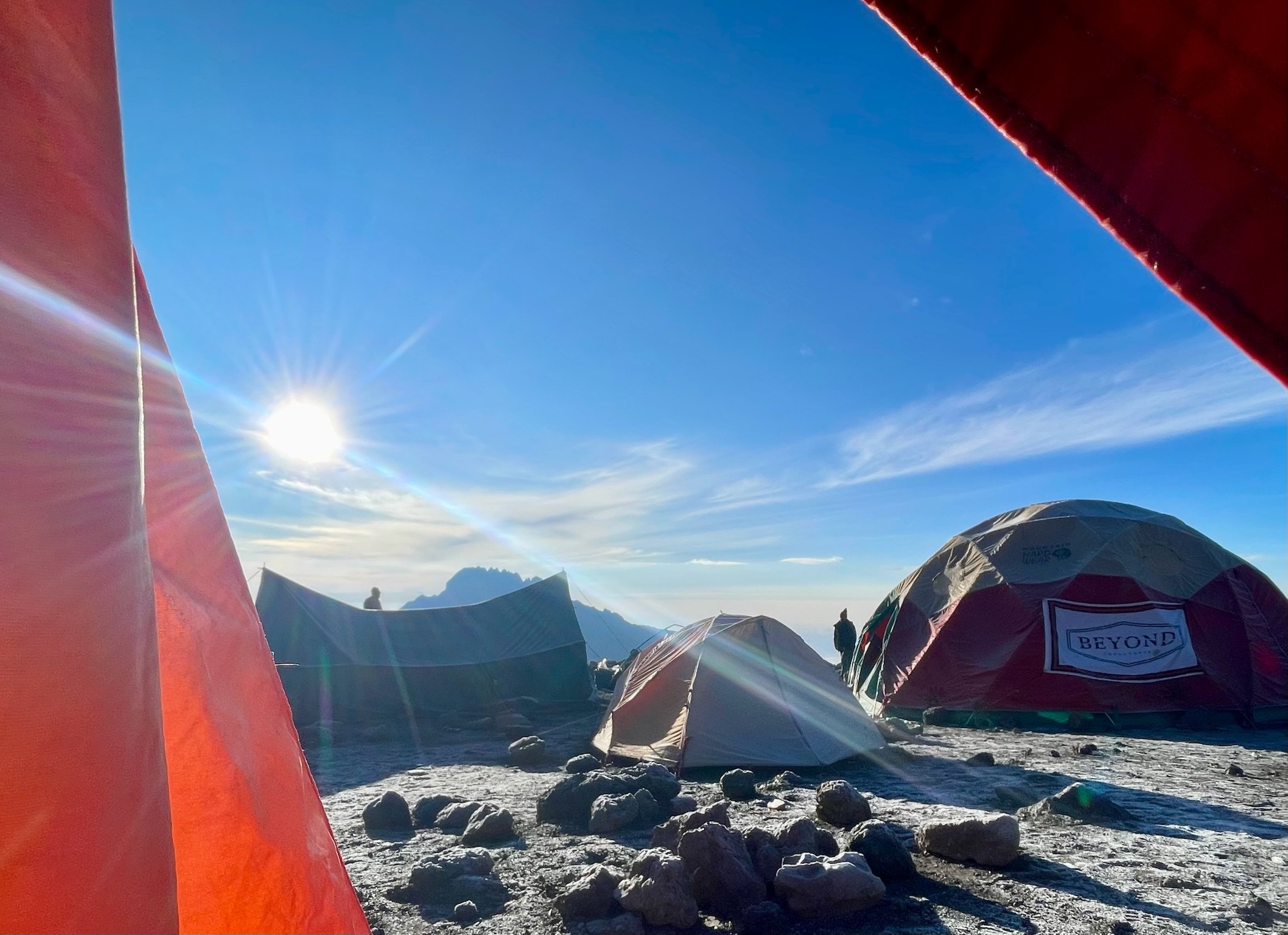
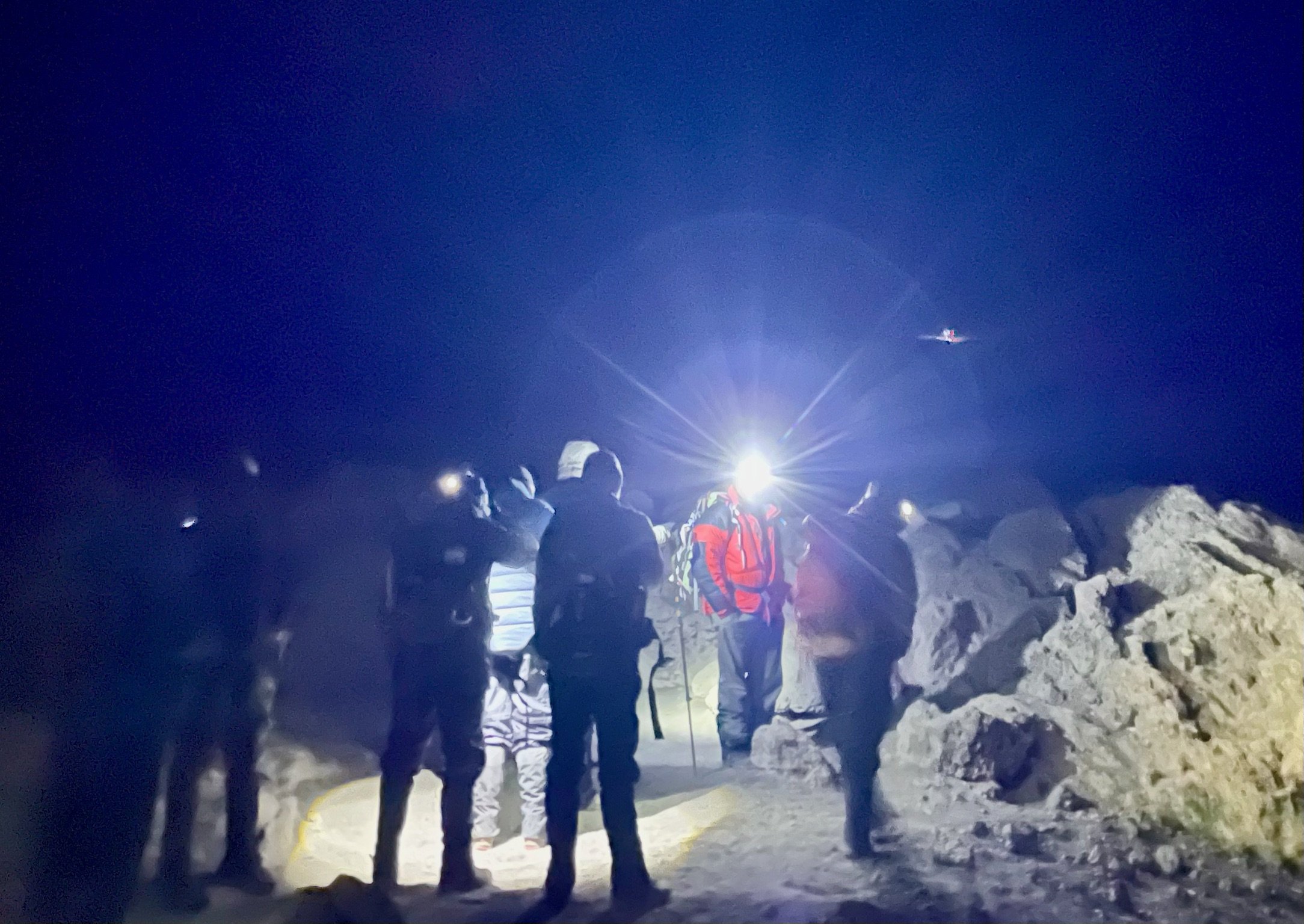
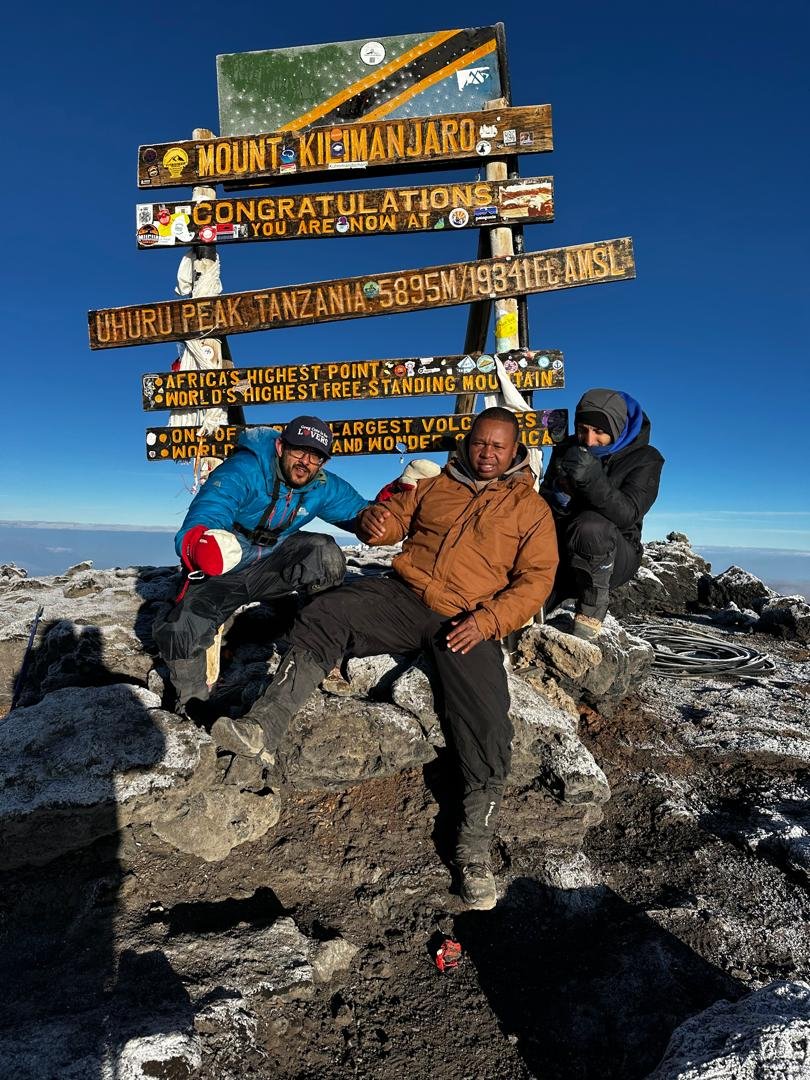
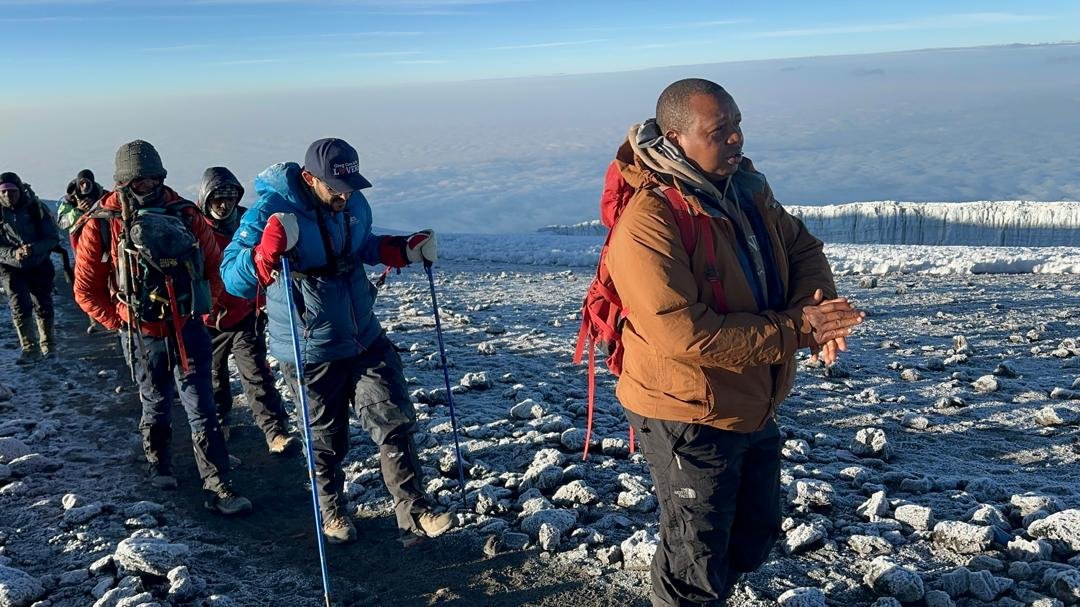
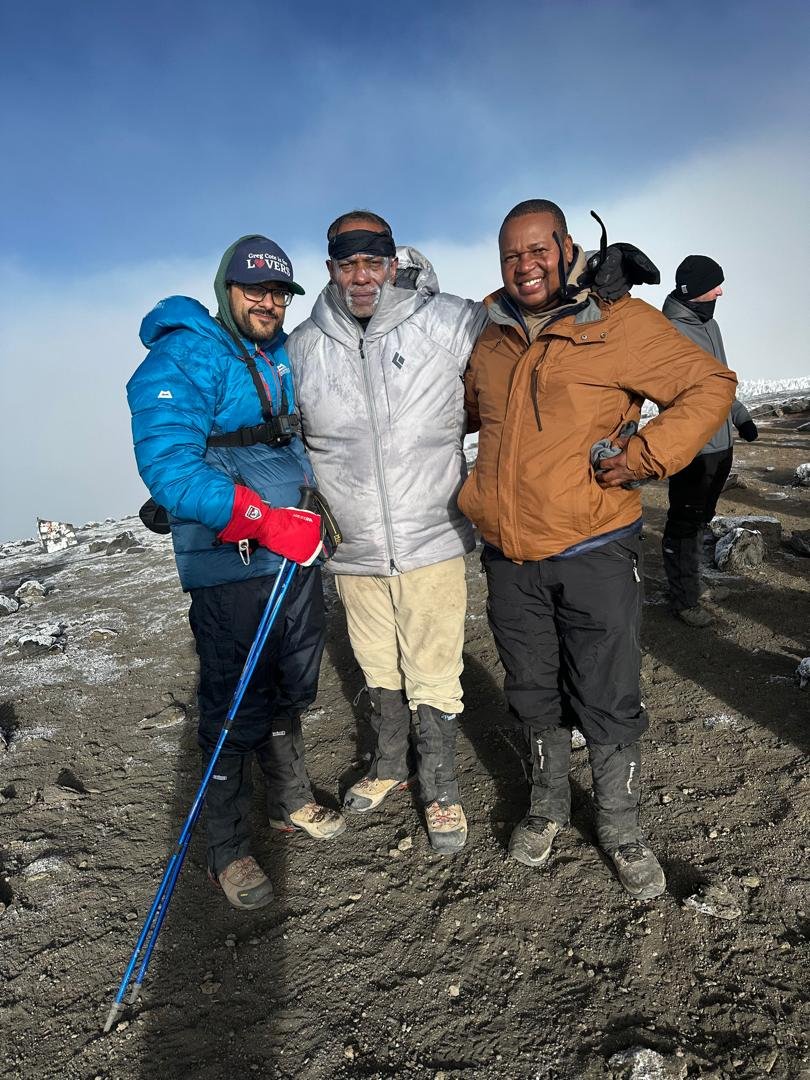
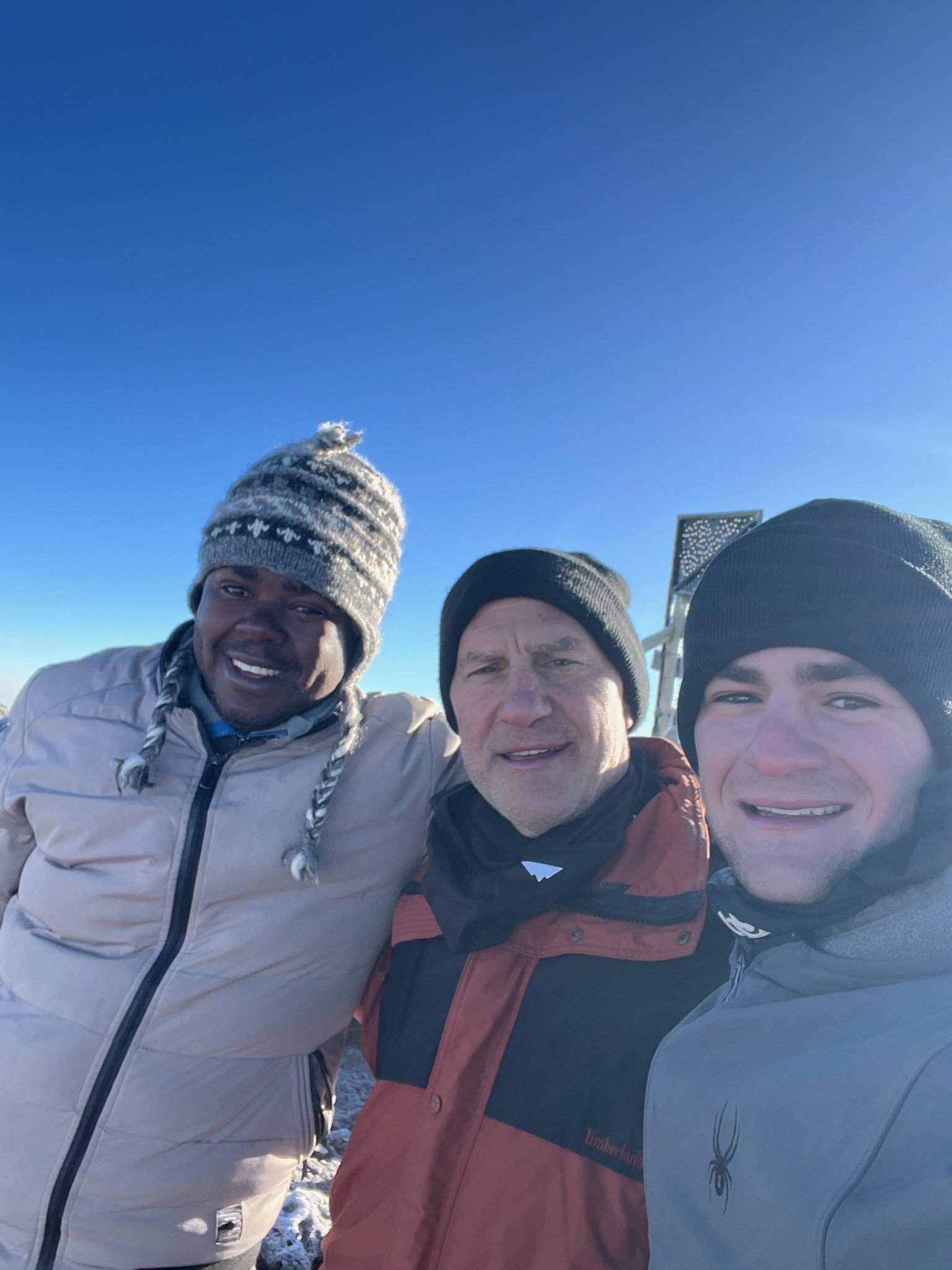
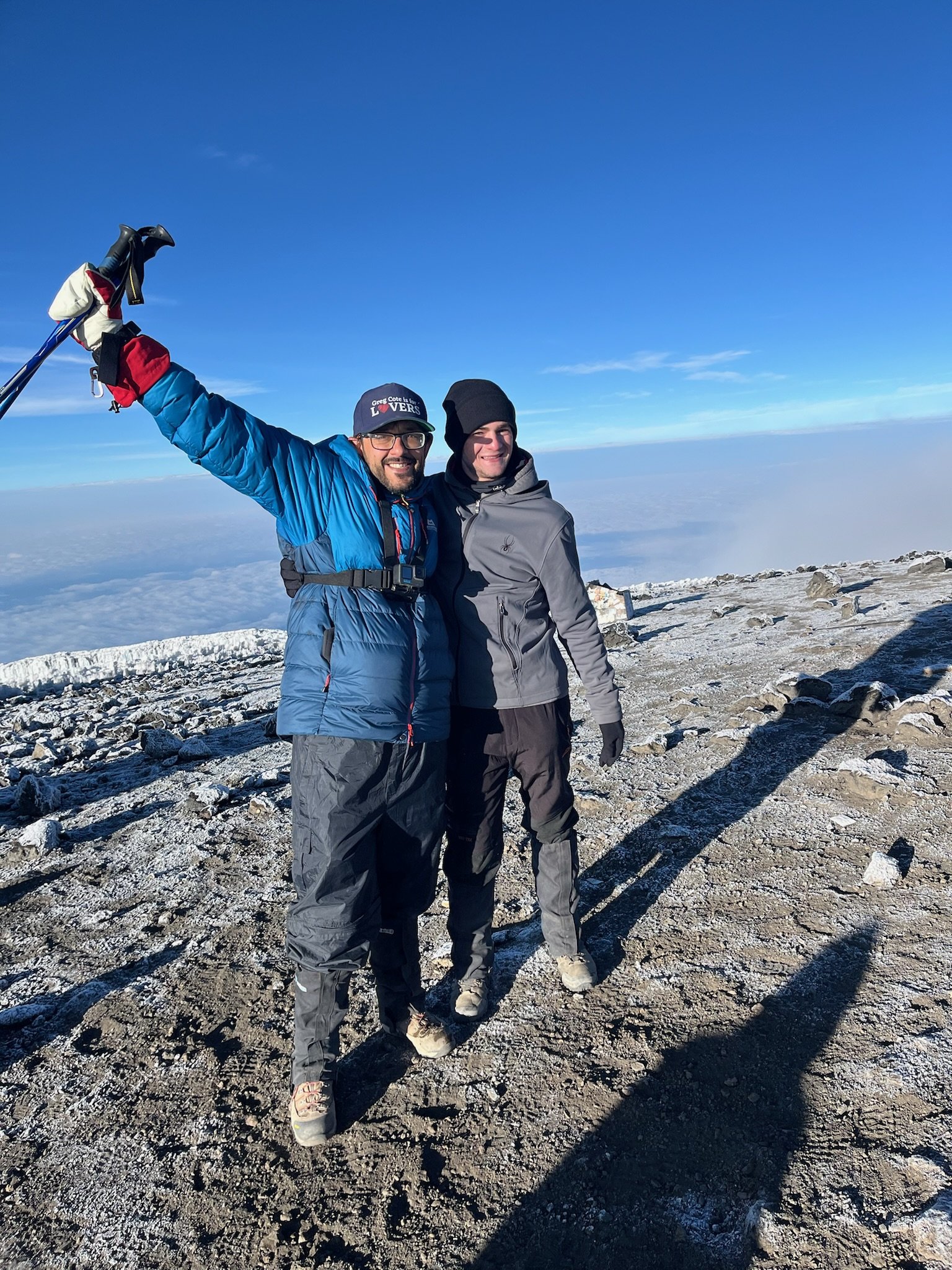
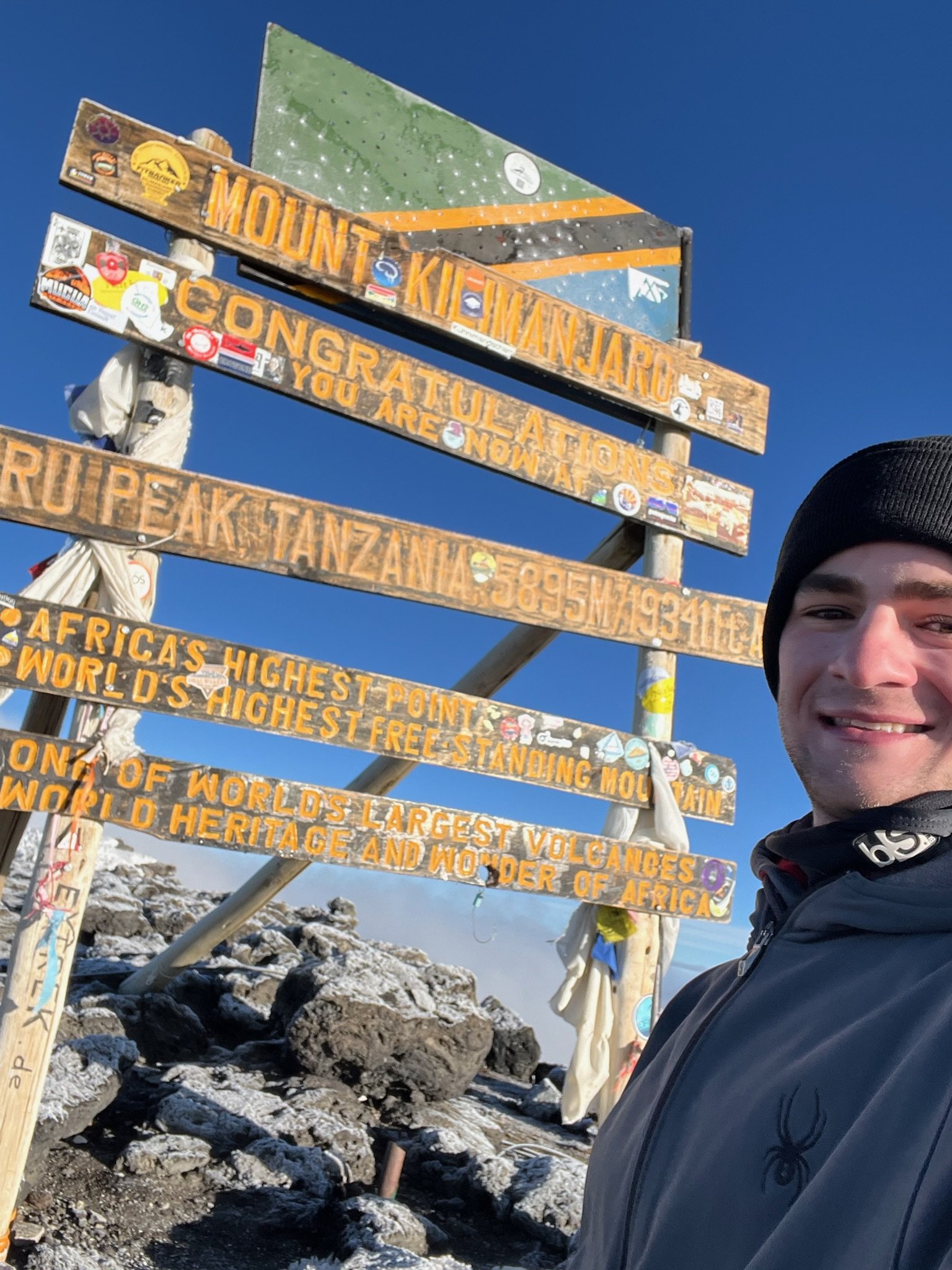
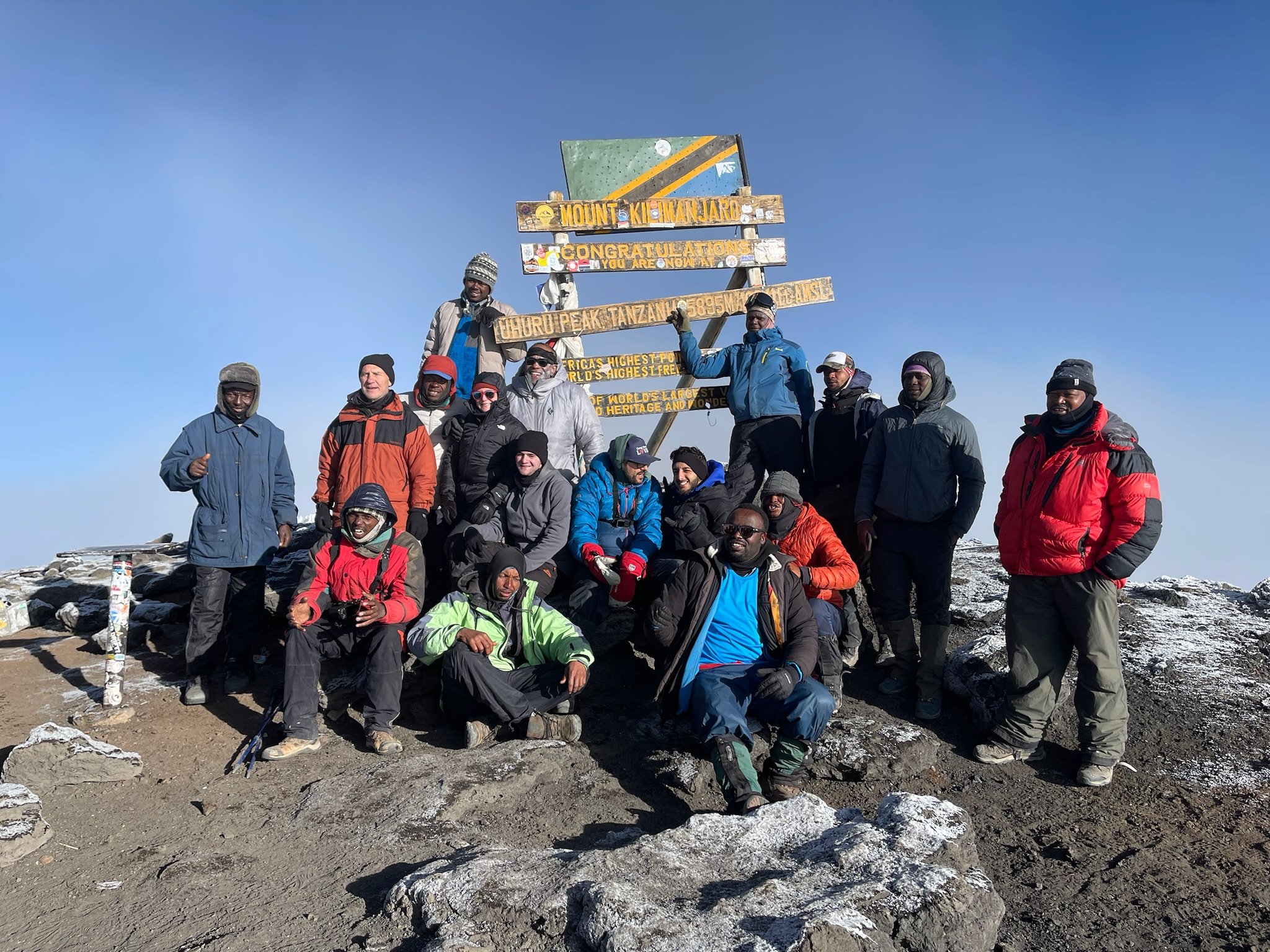
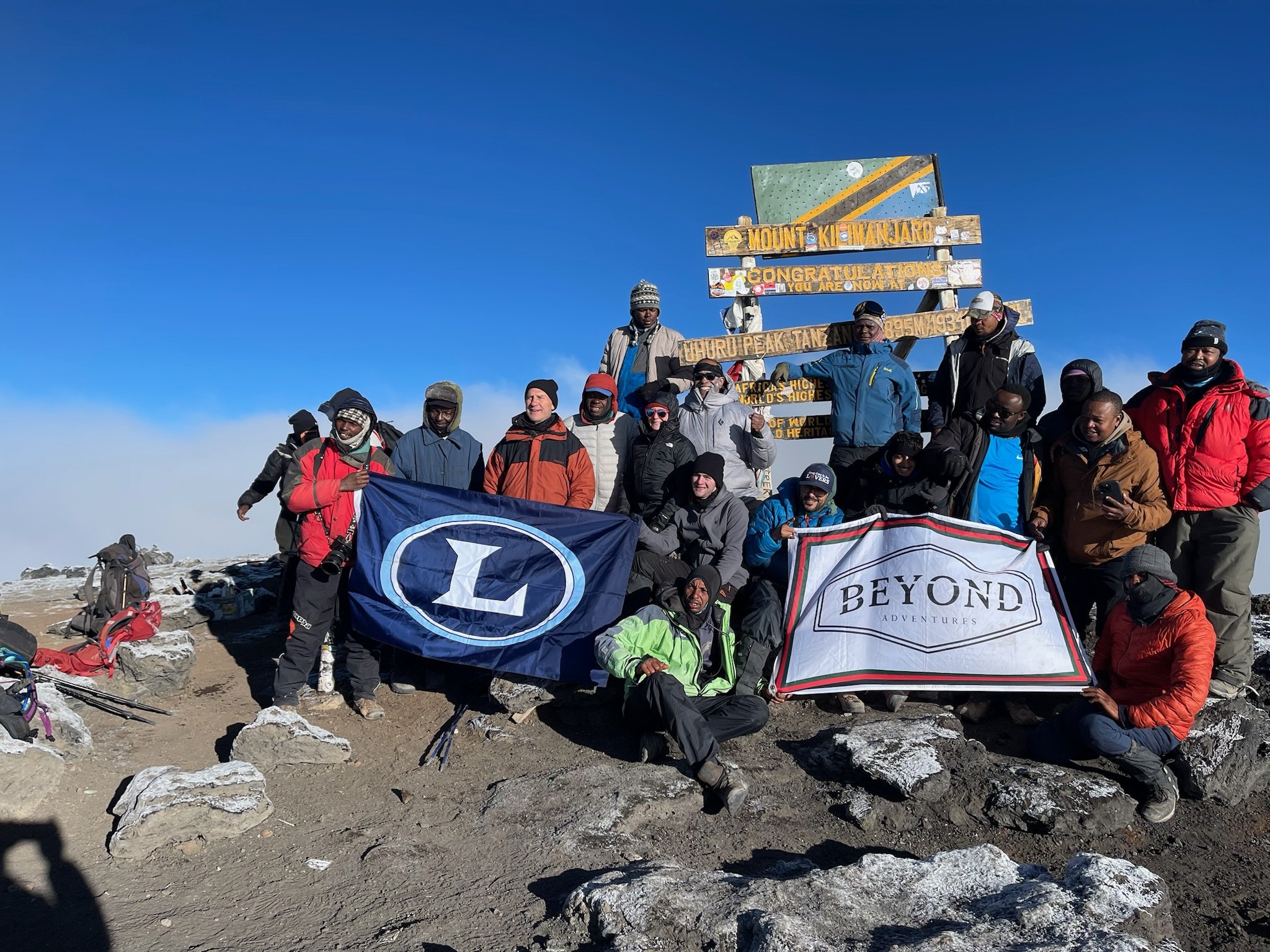
MOUNTAIN ROUTE OVERVIEW
Summit is an 11 to 16 hour day. Climbers go to sleep after an early dinner the night before and are woken up around midnight to being their summit attempt. After a light snack, they ascent into darkness, cold, and wind. Temperatures usually range from -4° to 5° fahrenheit. This is where climbers feel the altitude, so they’ll carry as little as possible, hike slowly, and take many rests to ease the symptoms. They’ll make their way up a trail that is flanked by the Ratzel and Rebman Glaciers. After climbing for around six hours, they’ll reach the edge of Kilimanjaro’s crater between Stella and Hans Meyer Points. They’re just an hour from the summit when they get here! After a hot cup of tea and rest, they’ll begin climbing on a rocky and icy trail to the summit, Uhuru Peak, at 19,344 feet which is the highest point on the continent of Africa. Once they reach the summit, they’ll spend a few minutes making sure they touch the sign, celebrating with the group, and taking pictures before descending to Kosovo Camp. Once they reach camp, they’ll eat lunch and take a short nap before continuing their descent to Mweka Camp. Once they arrive at camp, they’ll have dinner and go to bed early after a 13 to 19 hour day of hiking!
MOUNTAIN ROUTE STATS
ASCENT
Starting elevation 16,000 feet
Ending elevation 19,344 feet
Elevation gain 3,344 feet
Distance hiked 4.5 miles
Average hiking time 8 to 10 hours
DESCENT
Starting elevation 19,344 feet
Ending elevation 10,200 feet
Elevation loss 9,144 feet
Distance hiked 8 miles
Average hiking time 7 to 9 hours
The call to wake up came at 11 pm; the time when most normal people are already starting to enter REM sleep. We dressed quickly, headed to the mess tent and grabbed a quick bite to eat, though none of us were hungry. We'd already been prepped by our guides; a sort of "here's what to expect" meeting at dinner that night, so we were all sufficiently terrified about what was to happen next. Dressed in 3 layers on top and bottom plus hats, gloves and balaclavas (a word I'd never heard before but glad I bought one), we started up the mountain at 12 am. I think we always hope that our guides have overinflated the estimation of the time it will take us to take a hike? When John Simon (our guide) told us 6 hours, surely we could do it in 4 to 5. We reached the summit at 6 am. It was 6 hours of putting one foot in front of the other. The altitude and the cold were doing a number on us all, not to mention a few hallucinations here and there. When we reached the summit the morning light was already surrounding us, but the sun had not yet appeared over the horizon. 10 minutes after reaching the top, it did. It was stunning.
We walked another hour to Uhuru peak, which, to be honest, felt like 10 minutes given the exhilaration of being on top of the world. Our teammate Matt Panelli, who was taking on this challenge after his diagnosis of Multiple Sclerosis, was the center of attention as the film crew got some fantastic shots of him approaching the highest point on the mountain. His positivity and relentless approach to each day's challenge has been a thing to behold. After a few tears, prayers and pictures at the sign on the mountaintop we looked around and realized there was nothing else to do but go down. We were able to make the descent in anywhere from 1 to 2 hours. Some of us were practically running down the soft gravel that took us 6 hours to ascend.
It would've been enough if that was the end of our day, but it was not. After a nap and lunch, we begrudgingly packed our gear and set out on an afternoon hike that took us 3 more hours; and just to make things interesting it started to snow as we began our journey down the great mountain. We collapsed into our sleeping bags and went to sleep knowing that the next day we would conclude this great pilgrimage.
~ Steve Allen
